A style favored by the aristocracy — particularly in France.
c. 1700 - 1775
A style favored by the aristocracy — particularly in France.
c. 1700 - 1775
The sensuality of the Rococo style will soon give way to the seriousness of Neoclassicism on the brink of the French Revolution.
We're adding new content all the time!
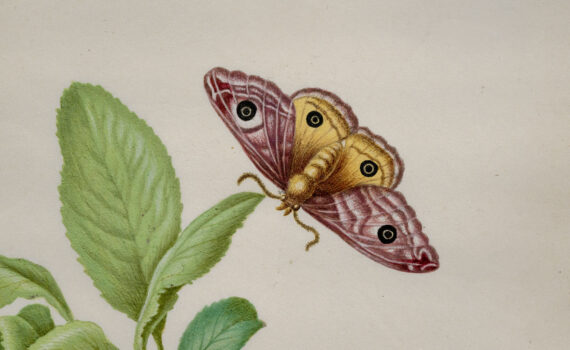
Using vibrant and varied colors, Maria Sibylla Merian systematically illustrated different stages of the development of the small emperor moth.
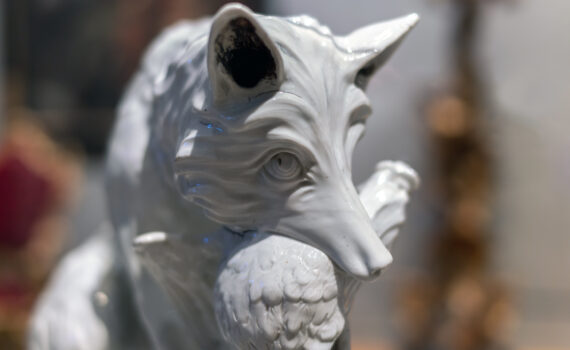
A Fox with a Chicken and A Turkey were part of a menagerie of over 500 life-sized porcelain animals commissioned by Augustus II "The Strong."
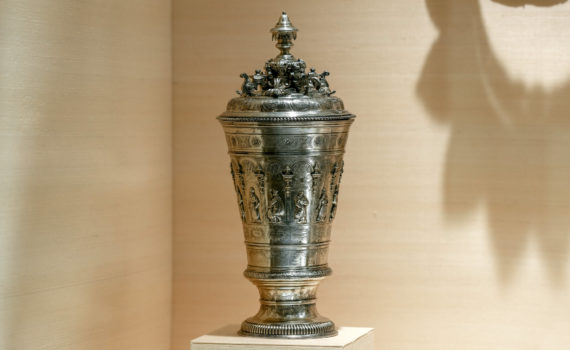
This ornamented silver cup tells a story about a prominent Jewish man close to rulers and European courts at a time when Jewish life was restricted
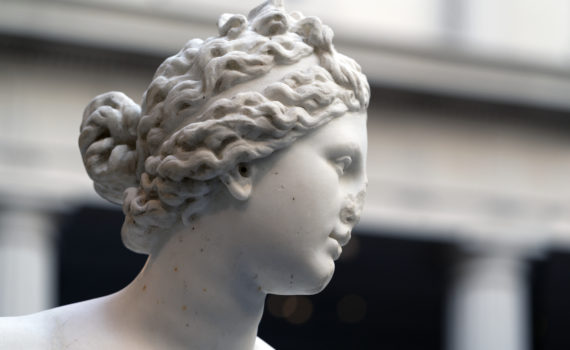
What's the difference between classic art, classical art, and classicism?
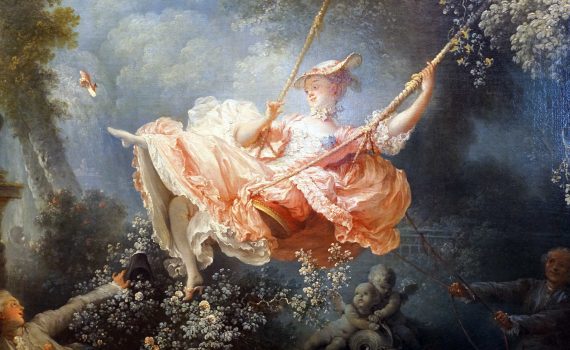
What’s that dog yapping about? This mischievous woman throws caution—and her slipper—to the wind.
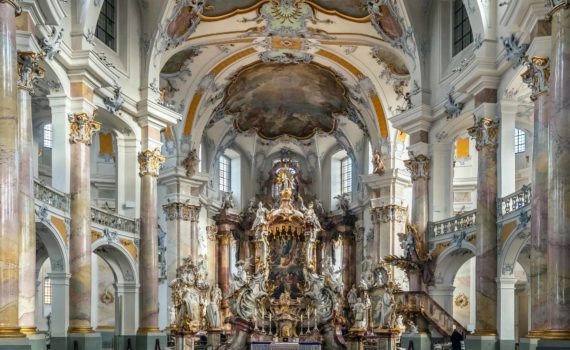
German architecture in the 18th century refashioned the imported French Rococo and Italian Baroque styles to create something distinct.

The Royal Academy of Painting and Sculpture oversaw—and held a monopoly over—the arts in France until 1793.
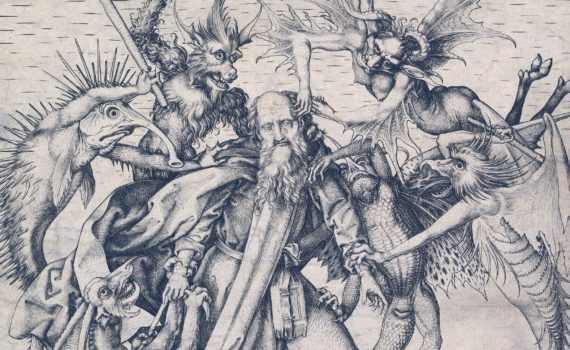
The portability and affordability of prints contributed to the exchange of information and ideas between cultures.
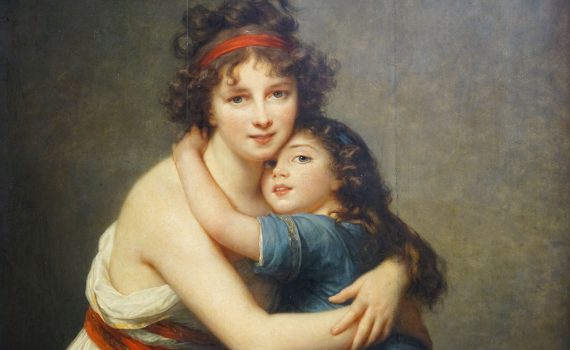
Artificial? Moi? This genuine portrait of familial affection challenged assumptions about the aristocracy.
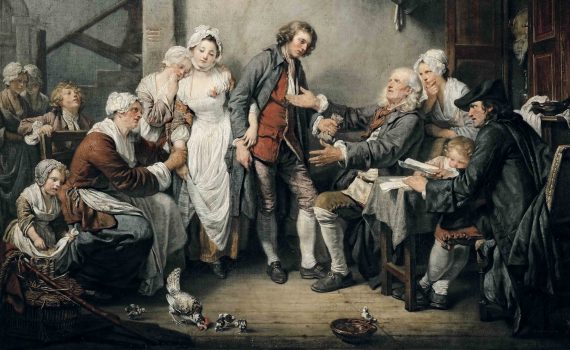
Complete with barnyard guests, this rural wedding party embodies the Enlightenment idea of “natural” man.
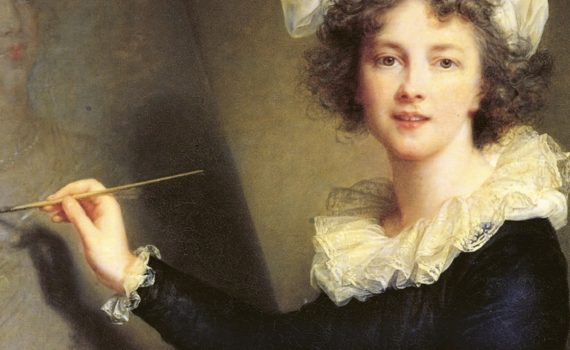
She fled France in disguise, but Vigée Le Brun does little to conceal her face—or her sympathy to Marie Antoinette.
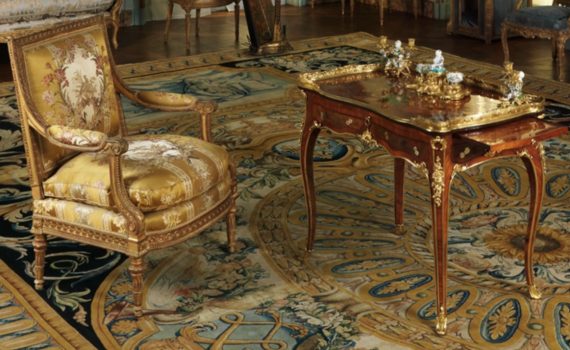
With its organic curves and elegant lines, this meticulously crafted table encapsulates Rococo design.